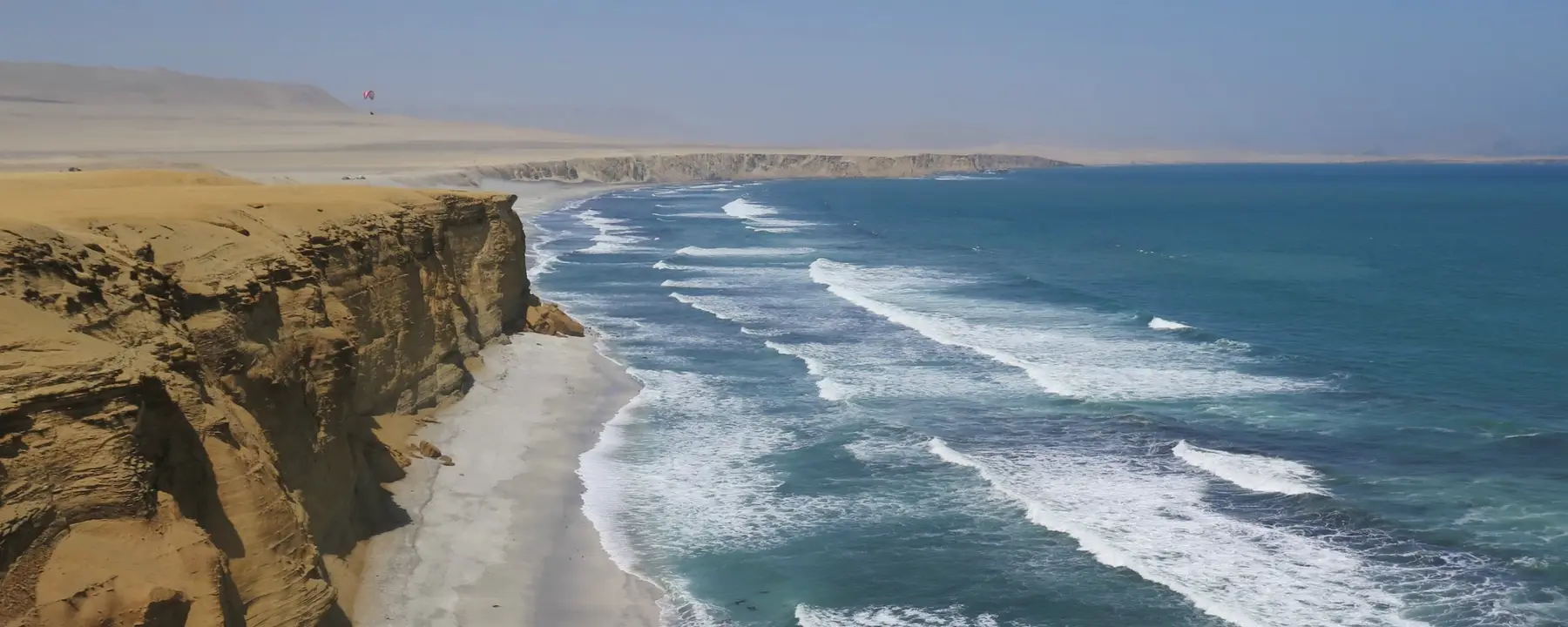Using real-time modeling and visualization to empower specialists to plan for water scarcity
Over the coming decades, scientists believe that water availability will change because of climate change. To prepare for the challenge of water scarcity, some governments are looking to project what possible water issues they may confront in future climatological scenarios. In Latin America, the drive to find solutions to water scarcity is pressing, as controversy over privatization of water, pollution, and land use has caused violent protests in some countries in the region.
In Peru, the national water authority, Autoridad Nacional del Agua (ANA), sought to evaluate alternatives for infrastructure projects―such as dams and drinking water and water treatment facilities―as well as to guide policies that will be resilient to anticipated changes in water availability. To accomplish this goal, ANA needed to consider a variety of possible outcomes that could result based on a range of scenarios. For example, they needed to determine the impact on water availability if drought conditions persist for many years and farms use local water sources for irrigation.
Using Hydrological Modeling to Predict the Effect of Climate Change on Water Resources
ANA connected with RTI through a partnership with the Inter-American Development Bank (IDB) to use the Hydro-BID platform to simulate hydrology and climate.
Customized specifically for the Latin America and Caribbean (LAC) region, Hydro-BID is a flexible and scalable modular platform and standalone software program that leverages extensive datasets, hydrologic modeling, simulation systems, and a comprehensive watershed navigation feature. Using this functionality, the tool visualizes the expected availability of surface water at the regional, national and/or local spatial scales under nearly any climate and land-use scenario.
The Hydro-BID modeling system works on a built-in database that organizes and aggregates physical properties, connectivity, and direction of water flow across surface water bodies in LAC, including more than 230,000 delineated water basins. Hydro-BID capabilities have been improved by including additional modules that simulate sediment transport, effect of reservoirs in water flows, and surface and groundwater flow interactions.
In contrast to other water data visualization resources, Hydro-BID supports "what-if" assessments based on different variables and inputs. For example, Hydro-BID allows various water management scenarios to be run live during a single session with stakeholders, rather than incurring a waiting time of several months to deliver model results.
By aggregating and analyzing available data, users can visualize different scenarios, gauge changes in flow rates, and gather a comprehensive picture of surface water supplies instantaneously.
Applying Hydro-BID to Forecast Future Possible Water Shortages and Support Institutional Capacity Building
One of three basins studied as part of Peru’s Water Resources Management Modernization Project, Rio Piura, in northern Peru, was identified as highly vulnerable to climate change. ANA sought to enhance the 7,500-km basin’s water evaluation and planning (WEAP) model by integrating it with Hydro-BID to account for potential changes in the future availability of water. WEAP models are used to examine the current and future allocation of available water among competing users, projecting up to 50 years in the future.
In addition, our hydrologists introduced the Hydro-BID modeling system to a new community of users in a series of four hands-on workshops. As our team trained these water engineers, hydrologists also completed numerous calculations that government or water authorities can apply going forward.
We trained 40 ANA specialists through workshops in which the participants apply what they learn to produce a functional Hydro-BID model in 22 watersheds across the country. The participants applied Hydro-BID to analyze the water balance in a range of watersheds that have limited climatological and streamflow data and different geographical and hydrological regimes. Using data inputs from land uses, soil types, rainfall, and temperature, the Peruvian specialists applied Hydro-BID to estimate the volume of surface water in their selected watersheds. Results could be used in combination with additional data—such as climate change projections, water demand and cost—to produce risk analyses and designs for adaptive water infrastructure.
The Peruvian ANA specialists were the first to complete our Hydro-BID training program. Several more South American nations have since kicked off the workshop series for science-sound water resource allocation planning.
Learn more about our work in water resources management throughout Latin America.
The head of ANA, Abelardo de la Torre, noted that Hydro-BID goes hand in hand with the government’s priority to boost the development of watersheds, better preparing Peru for the possibility of limited water availability in the near future.
- Inter-American Development Bank


